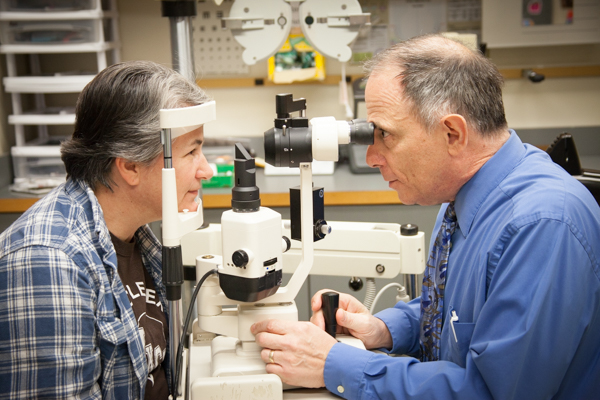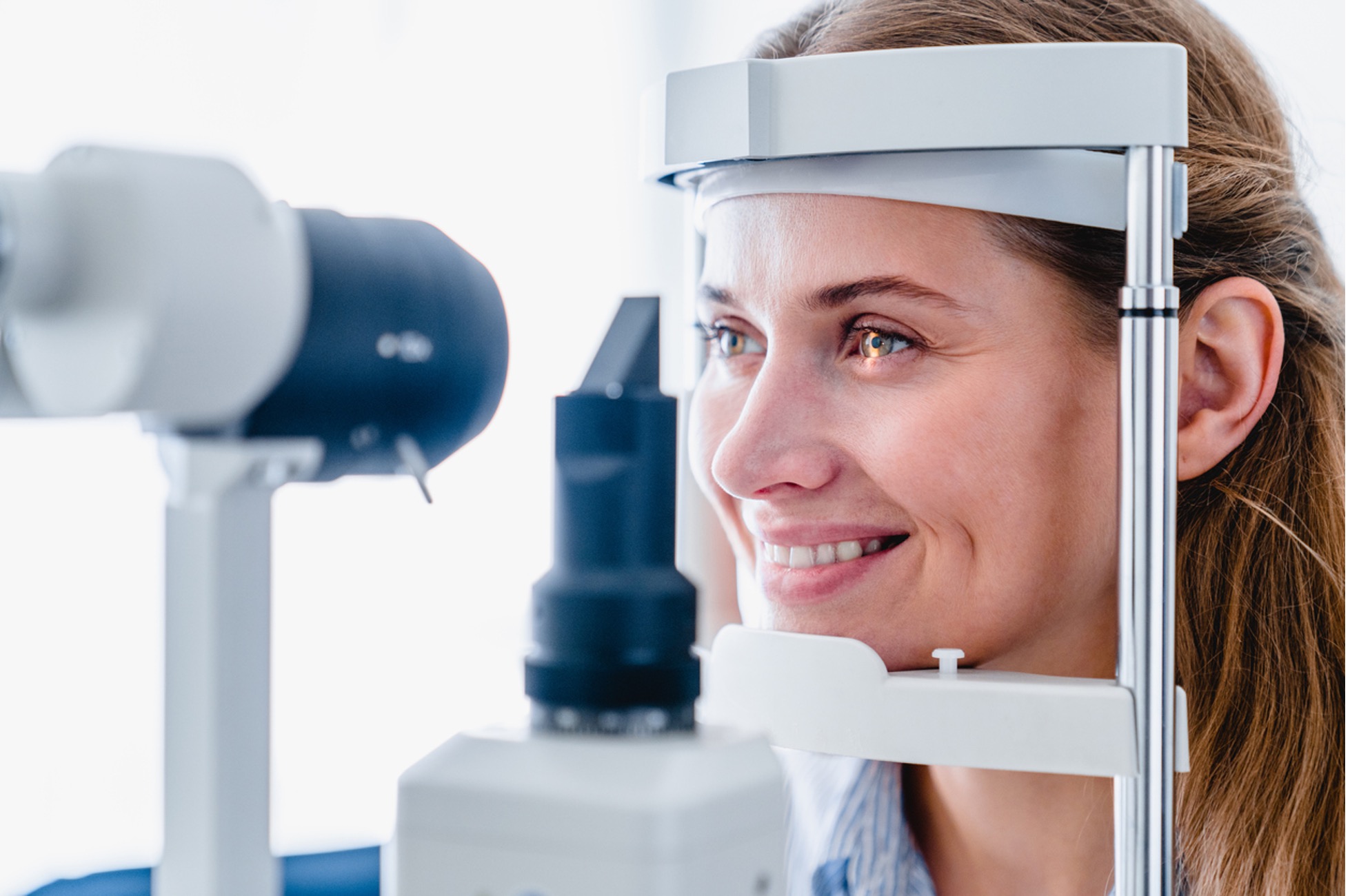Best Refractive Surgeries in AL: State-of-the-Art Eye Treatment
Wiki Article
The Duty of Advanced Diagnostic Tools in Identifying Eye Disorders
In the world of ophthalmology, the usage of advanced analysis tools has actually transformed the very early recognition and management of numerous eye disorders. From detecting refined changes in the optic nerve to checking the progression of retinal conditions, these innovations play a pivotal function in enhancing the precision and efficiency of identifying eye conditions. As the need for accurate and prompt diagnoses remains to expand, the integration of cutting-edge tools like optical comprehensibility tomography and visual field screening has ended up being indispensable in the realm of eye treatment. The intricate interplay in between technology and sensory techniques not only clarifies complex pathologies but likewise opens up doors to customized treatment techniques.Relevance of Early Diagnosis
Early medical diagnosis plays an essential role in the reliable administration and treatment of eye problems. By detecting eye problems at an early phase, health care service providers can supply proper treatment strategies tailored to the details condition, inevitably leading to much better end results for individuals.
Technology for Identifying Glaucoma
Sophisticated diagnostic modern technologies play an important role in the early discovery and tracking of glaucoma, a leading root cause of permanent loss of sight worldwide. One such technology is optical comprehensibility tomography (OCT), which provides in-depth cross-sectional pictures of the retina, enabling the measurement of retinal nerve fiber layer thickness. This dimension is important in examining damage triggered by glaucoma. An additional advanced device is aesthetic field testing, which maps the level of sensitivity of a patient's aesthetic area, helping to discover any kind of areas of vision loss attribute of glaucoma. In addition, tonometry is used to determine intraocular stress, a significant risk element for glaucoma. This examination is crucial as elevated intraocular stress can bring about optic nerve damages. More recent modern technologies like the usage of fabricated knowledge algorithms in assessing imaging information are showing appealing outcomes in the very early discovery of glaucoma. These innovative diagnostic tools allow ophthalmologists to identify glaucoma in its onset, permitting prompt treatment and much better administration of the illness to protect against vision loss.Function of Optical Coherence Tomography

OCT's capacity to measure retinal nerve fiber layer thickness permits precise and unbiased measurements, aiding in the very early detection of glaucoma also prior to visual area flaws become noticeable. In addition, OCT innovation permits longitudinal tracking of structural adjustments in time, helping with tailored treatment strategies and timely treatments to assist maintain individuals' vision. The non-invasive nature of OCT imaging also check over here makes it a favored choice for keeping an eye on glaucoma progression, as it can be repeated regularly without triggering pain to the client. On the whole, OCT plays a crucial function in boosting the diagnostic accuracy and monitoring of glaucoma, ultimately adding to much better end results for individuals at danger of vision loss.
Enhancing Medical Diagnosis With Visual Area Screening
An essential component in extensive sensory examinations, aesthetic area screening plays an essential function in improving the analysis process for different eye conditions. By examining the full degree of a client's visual field, this test provides essential information regarding the practical stability of the entire visual path, from the retina to the aesthetic cortex.Aesthetic field testing is particularly valuable in the medical diagnosis and monitoring of problems such as glaucoma, optic nerve problems, and different neurological illness that can affect vision. Through measurable dimensions of peripheral and central vision, medical professionals can identify refined modifications that may show the visibility or progression of these disorders, also prior to visible symptoms occur.
In addition, aesthetic field screening enables the monitoring of therapy effectiveness, helping eye doctors customize therapeutic treatments to private patients. eyecare near me. By tracking adjustments in visual field efficiency gradually, healthcare carriers can make educated decisions concerning adjusting drugs, suggesting surgical treatments, or implementing various other suitable actions to protect or improve a person's aesthetic feature
Handling Macular Degeneration

Final Thought
In conclusion, progressed diagnostic tools play a crucial duty in determining eye disorders early on. Technologies such as Optical Comprehensibility Tomography and aesthetic field screening have greatly boosted the accuracy and efficiency of detecting conditions like glaucoma and macular deterioration.Report this wiki page